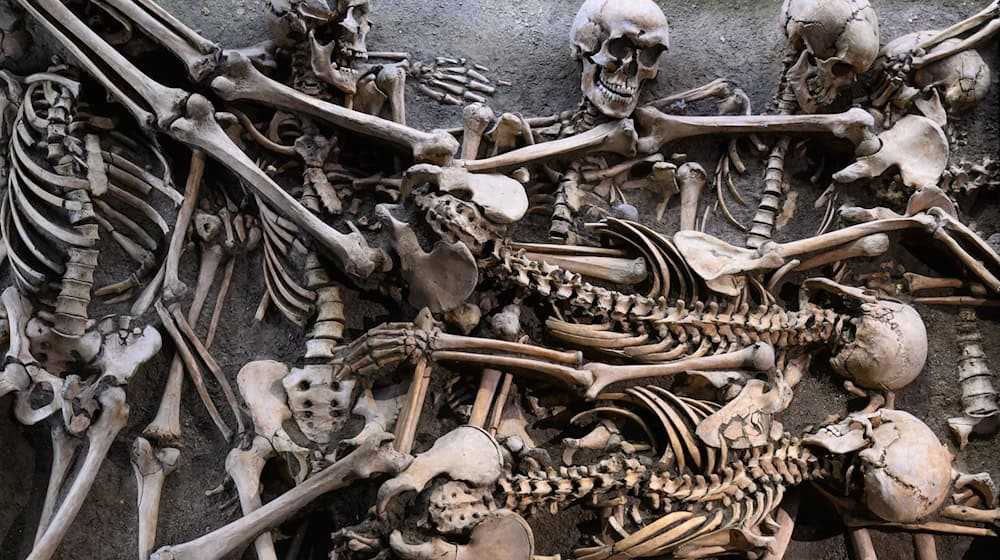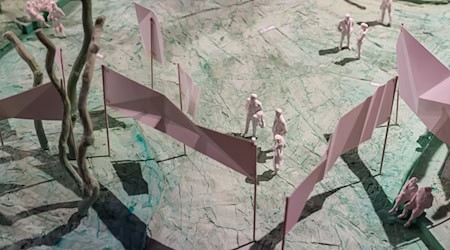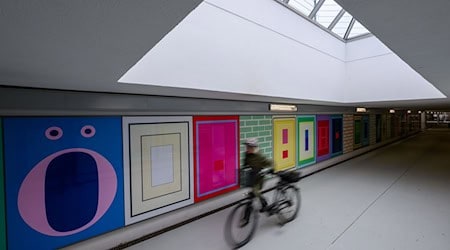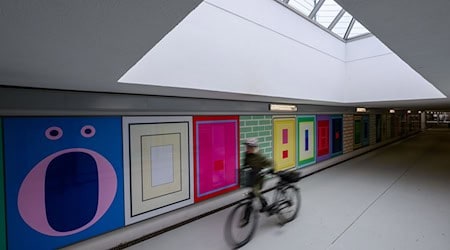Both a place of learning and a memorial: the "Lützen 1632 Museum" is dedicated to the history of the Thirty Years' War. At the opening on Wednesday, Saxony-Anhalt's Minister President Reiner Haseloff praised the new building designed by architect Peter Zirkel as an "important contribution to the state's history". "The Lützen 1632 Museum draws attention to the many unknown soldiers of the Thirty Years' War," said the CDU politician in Lützen (Burgenland district). A total of three and a half years of construction and an investment of 8.4 million euros lay between the ground-breaking ceremony and the opening.
Haseloff emphasized how important it is for young people in particular to visit the museum in order to develop an awareness of the horrors of war. The museum helps to ensure that "those who are new to the world do not repeat the old mistakes". "We must ensure that we always keep the will for peace alive in our population and in future generations," Haseloff emphasized.
Insights into the battle of 1632
On around 450 square metres of exhibition space, the museum offers insights into the Thirty Years' War, camp life and the battle of 1632 with exhibits, graphics and pictures, and provides information about the most important players. The museum also focuses on battlefield archaeology and the elaborate excavation of the mass grave at Lützen. The Battle of Lützen on November 6, 1632 is considered one of the most important clashes of the Thirty Years' War. At that time, the armies of the Protestant Swedish King Gustav II Adolf and the Catholic imperial army under Albrecht von Wallenstein faced each other.
Grab in the exhibition room of the new building
In August 2011, archaeologists discovered the remains of 47 soldiers from this battle, based on historical sources from the 17th and 18th centuries. According to the information, the soldiers were mainly from central and northern Germany. The youngest was 14, the oldest 50 years old. So far, this is the only mass grave that has been found from the battle. The six by seven meter grave stands vertically as an impressive installation in the exhibition room of the new building. Around 10,000 soldiers fell in the Battle of Lützen, including King Gustav II Adolf (1594-1632), who was buried in Stockholm in 1634.
The "Museum Lützen 1632" aims to invite people from the region, school and student groups and guests from all over the world to engage with the formative event at the gates of Lützen and reflect on the causes, effects and consequences of violence and armed conflict.
New perspectives for young and international visitors
With the opening, the city of Lützen also wants to address new target groups, especially children and youth groups, educational travelers and day tourists. The head of the municipal museums, Manuela Dietz, emphasized that the new museum offers an opportunity to comprehensively present the history of the town without neglecting the other important themes of the museum in the castle. Visitors to the new museum can also visit the museum in the castle.
Copyright 2024, dpa (www.dpa.de). All rights reserved










